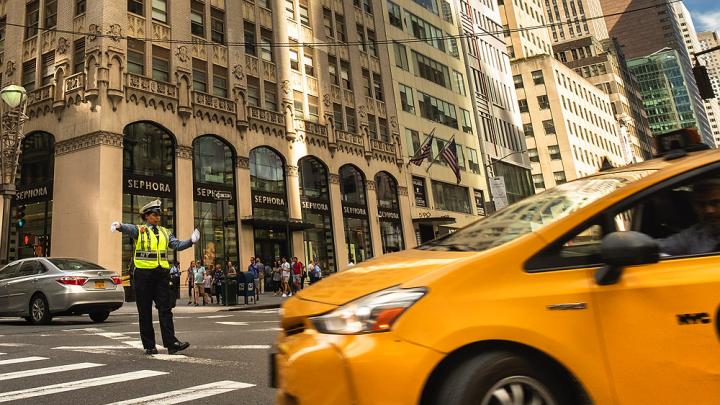As U.S. states and economies worldwide take tentative steps toward reopening, a pertinent study from the Harvard T.H. Chan School of Public Health suggests that workplace transmission of the coronavirus accounted for 48 percent of the initial outbreaks in six Asian countries.
The research highlights “several occupations that have higher potential risks and should be closely monitored…” said senior author Stefanos Kales, professor in the department of environmental health, and chief of occupational medicine at Cambridge Health Alliance. Although the risks of transmission to healthcare workers are well-known, data about other occupations that have frequent contact with the public have been scant.
The study therefore examined government reports on the spread of the coronavirus in Hong Kong, Japan, Singapore, Taiwan, Thailand, and Vietnam. The data revealed that healthcare workers accounted for 22 percent of occupational cases, but the majority of work-related transmission occurred among people who work as taxi drivers, tour guides, janitors, and police officers, or in similar jobs that have limited access to personal protective equipment. Overall, drivers and transport workers accounted for 18 percent of work-related cases; services and sales workers accounted for another 18 percent of such cases; janitorial and domestic workers represented 9 percent of the total; and public-safety workers accounted for 7 percent of work-related cases. Contact tracing among many of these types of essential workers can be much more challenging than among healthcare professionals.
The study also found that as the outbreaks unfolded in those countries, the occupations at greatest risk changed in stages: in the first ten days after the first locally-transmitted case, the groups most likely to become infected were services and sales workers, drivers, construction workers, and religious professionals. But as the disease spread during the 40-day study period, the risk increased for healthcare workers, janitorial and domestic workers, and police officers (drivers remained at high-risk throughout the study).
The implication for government policymakers weighing partial reopenings, the authors say, is that they should implement “robust preventive strategies and surveillance strategies” for these kinds of public-facing occupations.
“Protecting the high-risk workers in occupations identified in this study not only helps protect them from being affected, but it provides an opportunity to prevent secondary infections of family, colleagues, and customers,” said Fan-Yun Lan, lead author of the study and a doctoral candidate in population health sciences in the department of environmental health.
The paper detailing the research was published online in the open-access journal PLOS ONE on Tuesday, May 19, 2020.









